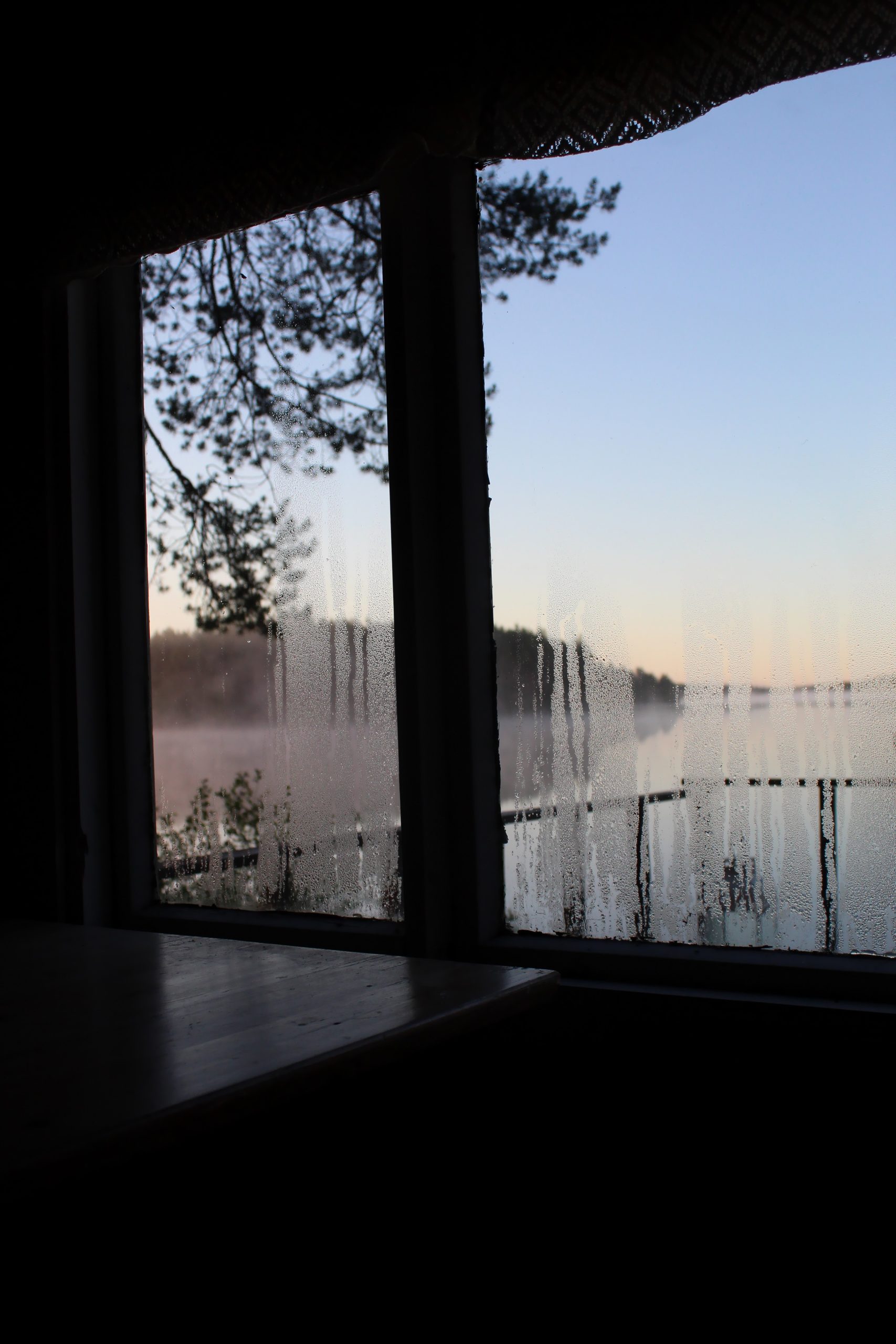How to choose a Whole-Home Dehumidifier
If you have problems keeping the humidity below 60% in your home, we’ve written a lot on ways to lower it. The first and foremost one should be to check for hidden air leaks in your building envelope. Look for and correct the biggest ones first, to reap the most benefits. To the untrained eye, these might not leap out at you, so a short visit by an energy inspector can discover big-ticket savings. Just recently, I found a big one that I should have recognized years ago: a shaft made for ventilation ducts going from my attic to my first floor was open and uninsulated! No wonder my 2nd-story bedroom can be very cold or very warm–and I’m sure this wasn’t helping my humidity problem.
If you have sealed up obvious air leaks, insulated appropriately, and are not considering upgrading your central air conditioner, then you can consider adding a whole-home dehumidifier. We wrote a little about them here, but I found out a lot more recently when I had to select one for my own home!
Sizing the dehumidifier depends on several things:
Square footage of your home: if you have 8-foot ceilings, this directly correlates with rated square footage for dehumidifiers. If you have higher ceilings, this additional volume will reduce the rated coverage of the dehumidifier.
Where you are located geographically (exterior temperature and humidity) and/or how well sealed your home is: Homes located in more humid climates and those that are only loosely sealed will need more capacity in dehumidification, because humid air from outside can rapidly infiltrate the air inside a leaky home. Infiltration rates also vary throughout the year. Infiltration can be greater in winter if the temperature difference between inside and outside is greater. For example, 75 degF inside and 0 degF outside in winter, versus 75 degF inside and 95 degF outside in summer. Infiltration rates depend on wind velocity and direction and also on the building envelope construction. (energy-models.com)
The following chart gives capacity in the number of liters of water a machine can remove from the air in one day.
Source: Sylvane.com
A few years ago the dehumidifier capacity ratings changed. The new 2019 standard considers the Integrated Energy Factor, which is more accurate in representing the capacity of a dehumidifier. The new 2019 testing procedure also tests dehumidifiers at a lower temperature (65°F) while the older standard test temperature was 80°F. (learnmetrics.com) The sizes above are under the new 2019 standards. Generally, the sizes required for a given square footage were reduced.
So, you’ve determined the capacity you will need. Here are some features to consider when shopping for a new unit:
Circulation: The current consensus on the best way to install a whole-house dehumidifier is to have a dedicated return, and to use the HVAC supply or a dedicated supply. If you exhaust the dehumidifier into the HVAC supply, you can use the blower on the HVAC to always circulate air throughout the house. Otherwise, if you choose a model with a “circulation” mode, you can set the dehumidifier to always circulate air in the house. Since dehumidifier blowers are generally smaller than air handler blowers, you may realize a cost savings by using this function.
Portability: Some whole home dehumidifiers come with the option of casters so they can be rolled from room to room. While portability can be an advantage, there are several problems with this. First of all, they tend to be heavy, cumbersome units. Second, in the space in which you’ll use it, you’ll need to find a drain that is lower than the unit, or set it up higher to drain into a sink or shower. This requirement alone may cause you to have it permanently installed!
Noise and heat: because these larger machines than smaller room dehumidifiers, they tend to produce more noise and heat. Therefore, amount of noise, heat, and the installation location are key characteristics to consider.
If you have an open-concept living space where doors are rarely closed, you may consider an “in-wall” unit. This can be a very unobtrusive way to get dehumidification if you don’t have a duct system (such as when window or ductless AC units are installed), and additionally it can be a super-easy installation for your HVAC technician if a power supply and drain are closeby.
Power requirements: check with your electrician or HVAC technician before purchasing to make sure that the circuit on which you plan to install the dehumidifier has sufficient amperage.
Filters: some dehumidifiers come with a removable, washable filter (like MERV 8). This is nice, but if the dehumidifier has its own return, then you will want a higher MERV filter in this return so that smaller particles are not sucked into the distribution system. See our article on HVAC filter ratings here.
Remote reading and wifi capability: at the minimum, whole house dehumidifiers should have the ability to be controlled remotely, either from a central control panel or a wireless control. Who wants to go into the attic or crawlspace to check humidity and turn it on or off? Your HVAC technician should be able to route the controls to a suitable place.
Why not add some fresh-air ventilation while you’re at it? A whole house dehumidifier can be configured with a fresh air intake, to pull in fresh air from the outside at a timed interval so that your whole home has less CO2 and indoor pollutants, without raising the humidity level or increasing dehumidification load on your AC unit.
If a musty smell has been taking over your home lately, don’t delay in measuring the humidity and getting it under control! Whole-house dehumidifiers can supplement an existing air conditioning system and make your home more comfortable and healthy for everyone.
Photo by Anne Nygård on Unsplash


